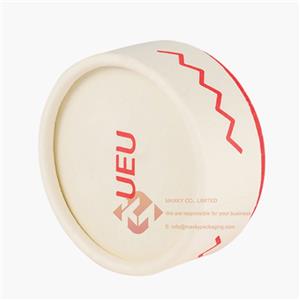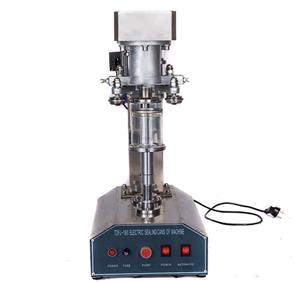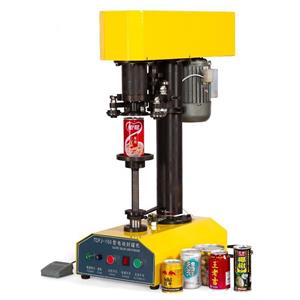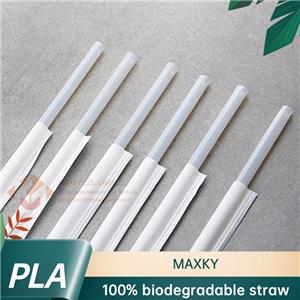What are the types of prints?
What are the types of prints?
In addition to selecting the appropriate printing medium (paper) and ink, the final effect of the printed matter still needs to be completed by appropriate printing methods.
There are many types of printing, different methods, different operations, and different costs and effects. The printing methods currently in use are mainly Paper.
Divided into letterpress, gravure, lithography and stencil printing: ⑴lettographic printing, printing is higher than non-printing ⑵gravure printing, the printing is recessed in the layout ⑶ lithographic printing, the printing is not raised or concave Printing of ink through holes
Since the invention of woodcut movable type printing technology in China, the printing methods have been changing day by day. The most commonly used industrial printing methods today are:
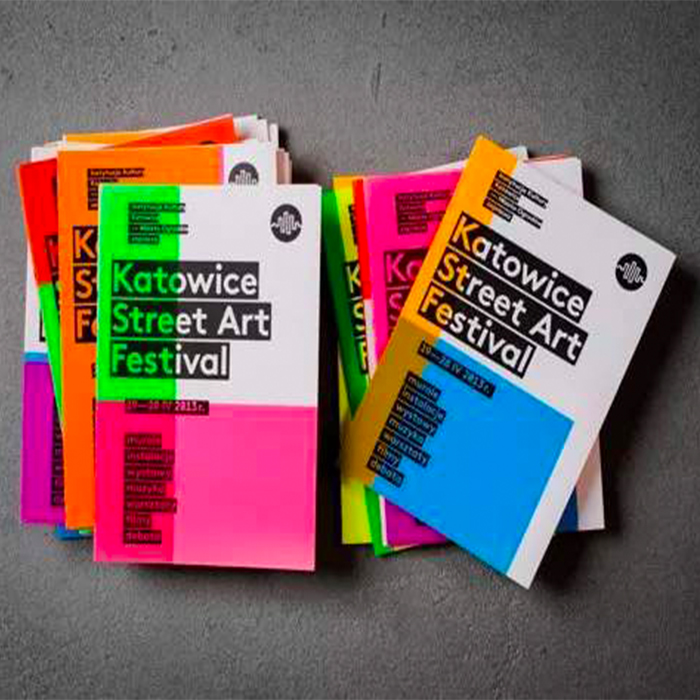
⒈Offset printing (also known as offset printing)
A type of lithographic printing, which can restore the color, contrast and gradation of the original with high precision and clearness, is the most common paper printing method. Suitable for posters, profiles, brochures, newspapers, packaging, books, magazines, monthly calendars and other related color prints.
⒉Letterpress printing
A type of letterpress printing technology, generally used in situations where there are many texts, few photos and pictures, great opportunities for text changes, and a small number of printed products. Suitable for printing small batch tasks such as invitation cards, business cards, labels and small boxes. Traditional sequential number printing and small logo overprinting are performed in letterpress.
⒊Screen printing
One of the stencil printing technologies, the printing ink is particularly thick, and it is most suitable for making special-effect prints. The quantity is not large and the density of the ink color is particularly suitable. It can also print on three-dimensional surfaces, such as square boxes, boxes, round bottles, cans, etc. In addition to paper, you can also print cloth, plastic fabric, plywood, film, metal sheet, glass, etc. Common new products are banners, pennants, T-shirts, corrugated cardboard boxes, soda bottles and circuit boards. The flexibility of screen printing is unmatched by other printing methods.
⒋Rubber printing
A type of letterpress printing that is only suitable for printing plastic bags, labels, and large and small plastic packages. Usually the media input to the rubber printing press is in a roll rather than a single sheet, and it is cut one by one after printing. The fineness of printed dots and lines is far inferior to that of offset and letterpress printing, and cannot be used to print books and periodicals.
⒌Gravure printing
Suitable for printing high-quality and expensive prints, whether in color or black and white, the effect of gravure printing can be comparable to photographs. Due to the high cost of plate making and the large print volume, it is also one of the less commonly used methods. Suitable for printing securities, stocks, gift certificates, commercial credential vouchers or stationery.
Technology is developing rapidly, and today we can directly output on the media through some of the printing methods described above through computers. And the maturity of electrostatic imaging and laser technology enables small batches of high-quality "on-demand printing" to be realized.

